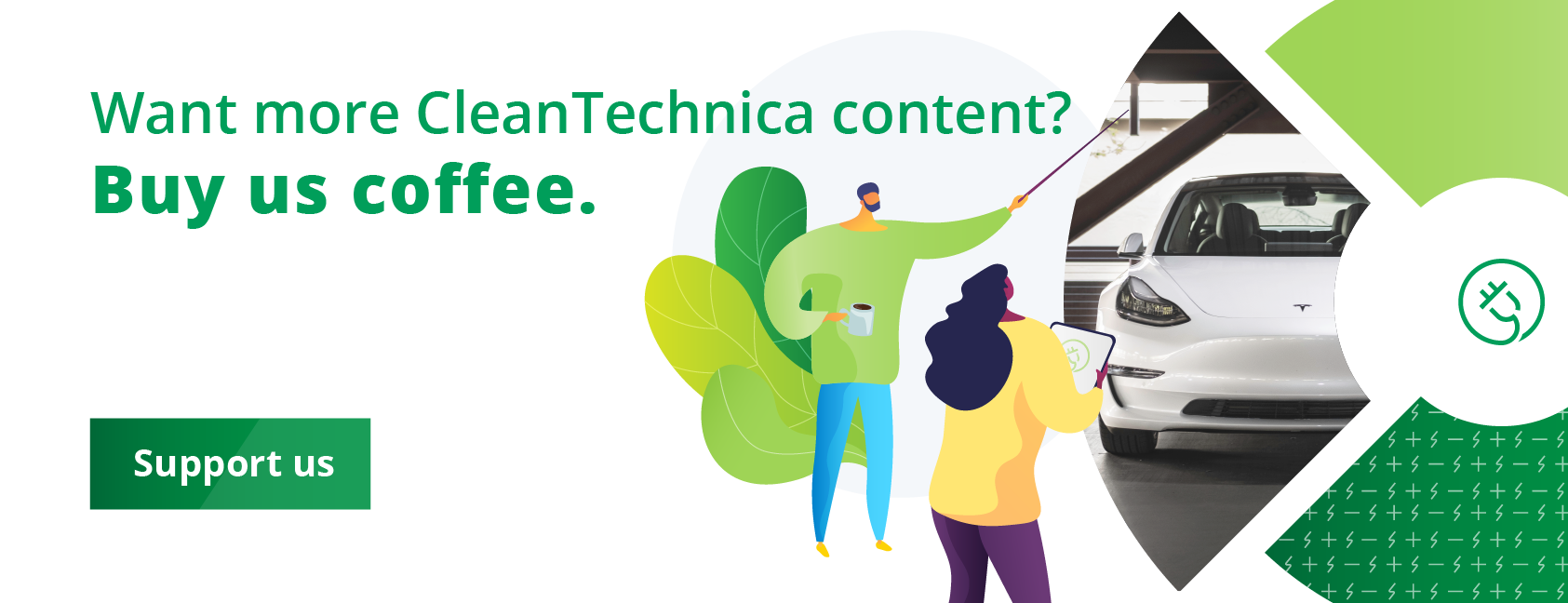
Urbaser is a global leader in waste management that focuses on environmental solutions and building a circular economy. It employs more than 40,000 employees at 150 facilities in 19 countries, serving the needs of more than 70 million people. Today, it has added 5 eEconic battery-electric waste hauling trucks from Mercedes-Benz to its fleet to serve the needs of the Danish city of Aarhus on the east coast of Jutland.
The eEconic is an electric version of the Mercedes Econic line of low entry trucks that have been meeting the needs of municipalities since 1998. On its website, Mercedes says cities and towns are growing, which places increasing demands on mobility, logistics, the environment, and quality of life considerations. The eEconic is a commercial vehicle that can meet all those challenges.
It is powerful and efficient, while also offering increased safety for all road users. It delivers sustainable solutions to the growing emissions burden in urban areas. With its fully electric drive system, the eEconic represents the logical development of the trusted Econic and is the perfect vehicle choice for municipal operations in urban environments.
Urbaser is already using a fleet of nearly 50 eEconic battery-electric waste hauling trucks in Danish cities such as Copenhagen and Vejle. It has recently placed an order for 50 more, which will bring its fleet in that country to almost 100 trucks.
Where To Charge Electric Trucks?
Naturally, electric trucks need to have their batteries recharged at regular intervals. Mercedes says the normal daily route for each truck is 100 kilometers or less, so long range is not the critical factor. Having the electric trucks charged up and ready to work in the morning is the primary concern.
Recharging can be done “gently” overnight at the company’s depot with no need for expensive DC fast charging equipment. The trucks have another advantage as well. Regenerative braking recaptures some of the kinetic energy of the moving vehicles when they decelerate and stop. That regen helps to reduce the total amount of electricity that needs to be replenished overnight.
Electric drivetrains are ideal for heavy vehicles that stop and start hundreds of times a day, because the electric motors provide an abundance of torque at 0 rpm. Diesel engines are renowned for their torque at low engine speeds, but they cannot match electric motors when it comes to getting a commercial vehicle moving from rest.
Regenerative braking also greatly reduces wear and tear on mechanical braking systems. The combination of lower fuel costs and fewer maintenance costs are music to a fleet manager’s ears. There can be no higher endorsement for electric trucks than the decision by Urbaser to order 50 more eEconic trucks from Mercedes.
Franziska Cusumano, head of Mercedes-Benz’ special trucks and custom tailored trucks division, said in a press release, “Our eEconic for municipal tasks is being used in more and more cities as a locally carbon neutral alternative in waste disposal. We are very pleased that Urbaser, as a valuable customer in this field of application from the very beginning, is completely satisfied with the battery electric refuse collection vehicle.”
Stefan Olin, CEO at Urbaser, added, “Our first experiences with the eEconic have been really good. The range is also more than adequate for long runs of over 100 km, around eight operating hours and the emptying of up to 500 containers. The decisive factor in our company’s decision to go with the eEconic was the combination of the familiar low entry concept, the high level of safety, and the long range.”
Weight & Battery Specifications
With the eEconic, Mercedes-Benz has ushered in a new era. The low floor truck with a gross weight rating of 27 tons and an e-axle with integrated drive unit as well as two electric motors is based on the eActros for heavy duty distribution haulage.
The eEconic batteries consist of three battery packs, each with an installed capacity of 112 kWh and a usable capacity of around 97 kWh. The electric truck can cover the vast majority of typical Econic refuse collection routes in single shift operation without intermediate charging.
With an anticipatory driving style, recuperation can even recover electrical energy. This is a great advantage, especially as part of the stop-and-go operation of refuse collection. The interactive multimedia cockpit installed as standard in the eEconic provides continuous information on the state of charge of the batteries, the remaining range, and the current and average energy consumption in kWh per 100 kilometers, among other data.
The truck can be charged with up to 160 kW of power. The three battery packs of the eEconic require just over an hour to charge from 20 to 80% at a standard DC fast charging station that can deliver 400 amps of charging current.
Proven features of the conventional Econic are also a feature of the eEconic. For example, the low panoramic windscreen of the “DirectVision” cab, with its low seat position, offers the driver direct visual contact with other road users and provides an excellent overview of the road traffic. The coated and heated Thermocontrol windshield prevents the windshield from misting up due to the weather, which provides a clear view of the traffic area. In addition, the windscreen reduces heating of the vehicle interior by the sun’s rays.
The low floor height of the spacious cab makes for easy entry and exit for up to four people. The electric drivetrain enables a level cab floor, which also makes it easier to climb through the cab from one side to the other — a particularly useful feature if the driver wants to exit on the side facing away from traffic through the folding door on the front passenger side.
As far as safety equipment is concerned, the eEconic features Sideguard Assist S1R for greater safety when turning right as well as the fifth generation Active Brake Assist emergency braking system with pedestrian detection. In addition, an external Acoustic Vehicle Alerting System is fitted as standard for improved audible perception by pedestrians or cyclists, for example.

The Takeaway
Electric trucks are clearly the ideal solution for applications that require heavy vehicles like waste-hauling trucks that make multiple starts and stops during the work day. When he was young and foolish, the author (who is no longer young) invested in a startup company that used hydraulic motors to recapture energy for such trucks. At the time, there were no electric trucks available, and battery-powered cars were just a glean in Elon Musk’s eye.
The idea was sound from an engineering point of view, but did not work well in real world applications. The company went bankrupt. Battery-electric trucks with regenerative braking are the logical successors to those early hydraulic schemes but without the leaky plumbing and complex control issues. It is cold comfort for the author to know he was ahead of his time!
I don’t like paywalls. You don’t like paywalls. Who likes paywalls? Here at CleanTechnica, we implemented a limited paywall for a while, but it always felt wrong — and it was always tough to decide what we should put behind there. In theory, your most exclusive and best content goes behind a paywall. But then fewer people read it! We just don’t like paywalls, and so we’ve decided to ditch ours. Unfortunately, the media business is still a tough, cut-throat business with tiny margins. It’s a never-ending Olympic challenge to stay above water or even perhaps — gasp — grow. So …



